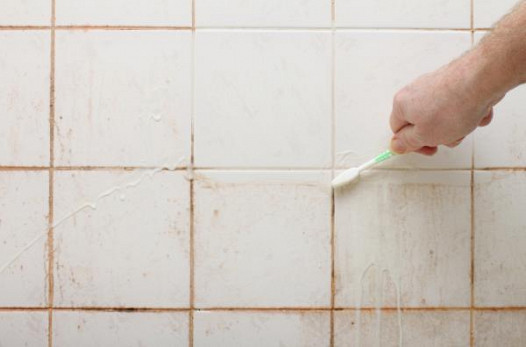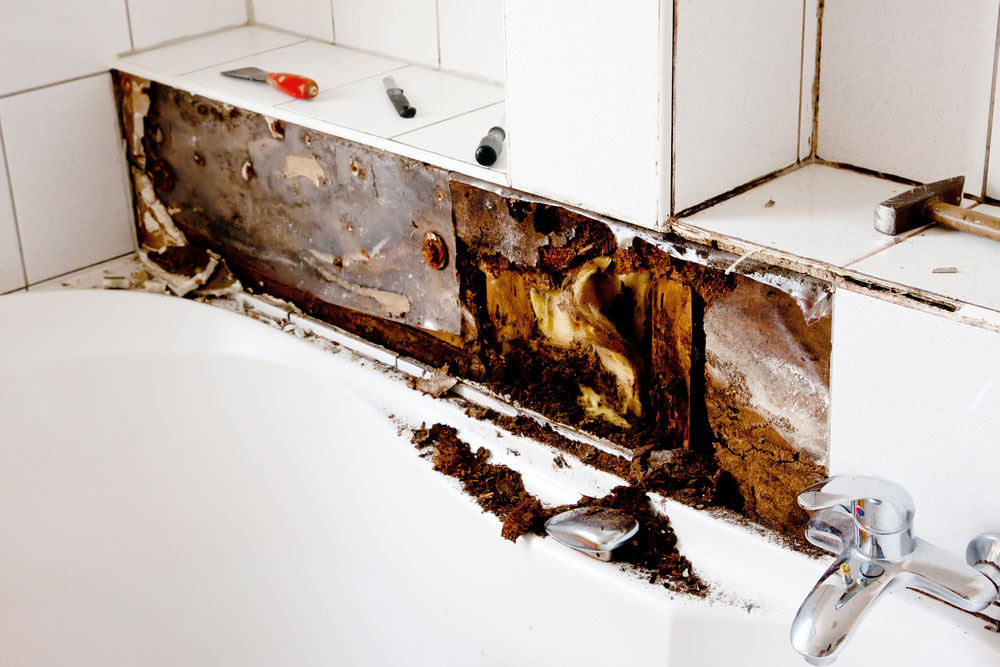Bathroom Water Damage - Ways To Stop This Happening
Bathroom Water Damage - Ways To Stop This Happening
Blog Article
Have you been hunting for insight around How to Fix a Water Damage Bathroom?

The shower room is extremely at risk for wet build-up and also prospective water damage as a result of the regular use of water in it. This write-up uses easy inspection methods to help detecting water damage hazards.
The constant use water in the shower room makes it incredibly vulnerable for wet build-up and possible water damages. By examining it regularly, you can minimize water related problems.
The complying with collection of evaluations is very easy to carry out and also ought to be done as soon as in every three months in order to maintain your restroom healthy as well as to prevent possible water problems caused by the bath tub, the shower, pipe joints and also plumbing, sinks, cupboards, and the bathroom
Do not neglect executing these evaluations and be complete while performing them. Bear in mind that these simple evaluations can conserve you a lot of cash by giving early signs for water damage
Sinks as well as Cabinets
Sinks and also cabinets are subjected to dampness and moisture day-to-day and are commonly forgotten. Inspect routinely under the sink and also on the countertop above it. Fix any kind of drip in the trap as it may recommend drainpipe problems. Look around the sink, slow draining pipes might indicate an obstructed drainpipe. Replace sink seals if they are split or loosened.
Bathtub as well as Shower
The shower and also bathtub need unique attention as well as upkeep. Check the ceramic tiles and also replace if broken. See to it that there is no missing out on grout between the floor tiles. Inspect and change fractured caulking at joints where the walls satisfy the flooring or the bath tub. Clogged drains as well as pipelines troubles will avoid the bath tub from drying out and may suggest severe troubles beneath the tub. Talk to a specialist immediately to prevent structural damages. Focus on stainings or soft areas around the bathtub walls as they may suggest an inner leakage.
Plumbing
Signs for water damages are hard to spot because many pipes are set up inside the walls.
Pay special interest to floor covering as well as wall surfaces dampness and also discolorations as they might show an invisible plumbing problem. Check moisture levels in adjoining rooms as well.
The Toilet
The toilet is a susceptible water junction. Inspect the water lines as well as search for leaks around the toilet seat, in the hose pipe, and under the water tank. If you spot any signs of moisture on the floor around the commode, look for leakages in the toilet rim and container seals.
Know that hanging toilet dish antiperspirants enhances the chances for obstructions.
10 TIPS TO PREVENT WATER DAMAGE IN THE BATHROOM
The average household uses approximately 80-100 gallons of water per person per day. For a family of 4, that's almost 2,500 gallons of water a week! The largest portion of this consumption comes from bathroom use. Flushing the toilet uses the most water, followed by taking a shower or bath. With that much water running through the home, water damage in the bathroom is bound to happen. Knowing how to spot signs of a water leak is essential to preventing long-term damage. This guide provides you with tips to reduce the impact of water damage on your bathroom.
CAUSES OF BATHROOM WATER DAMAGE
Pipe breaks are the most common cause of water damage we see in our daily jobs. The age of a pipe plays a large role in a pipe break as well as corrosion. Over time, the metal begins to break down, allowing water to escape. Frozen pipe breaks are also a concern in the winter months. Toilet overflows caused by paper products or children flushing inappropriate items. Degraded caulking around the toilet or bathtub can allow water seepage, sometimes behind the fixture, into the subfloor or walls. Condensation forms when the water in a pipe is cooler than the air temperature. Beads of water form on the exterior of the pipes, sometimes so much so that the water begins to drip and pool below. Sink or shower backups created by poor drainage. HOW TO PREVENT WATER DAMAGE IN YOUR BATHROOM
Inspect your toilet supply line for worn or frayed hoses and replace them as needed. Winterize your plumbing to prevent a frozen pipe break. Use vent fans to prevent condensation that can lead to mold growth. Routinely check and replace degraded caulking around your toilet or bathtub. Increase the temperature in your toilet tank and insulate your pipes during the warm summer months to keep condensation from forming. Use child safety locks on the toilets. Flush only toilet paper. "Flushable" wet wipes are actually not good for your plumbing system. Additionally, feminine hygiene products should not be flushed. Prevent water from escaping the tub or shower. Make sure shower curtains are in good condition. Inspect shower doors and replace the seal strip if necessary. Wipe up any water that accumulates on the floor and use bath mats. Water left to sit can cause damage to the tiles and flooring. Refrain from using bath products containing heavy oils to avoid a clogged drain.

Do you really like more info about How to Prevent Bathroom Water Damage? Put a remark directly below. We would be pleased to find out your feelings about this write up. Hoping to see you back again later on. Do you know about another individual who is fascinated with the subject? Be sure share it. Thanks so much for your time spent reading it.
Appointment Report this page